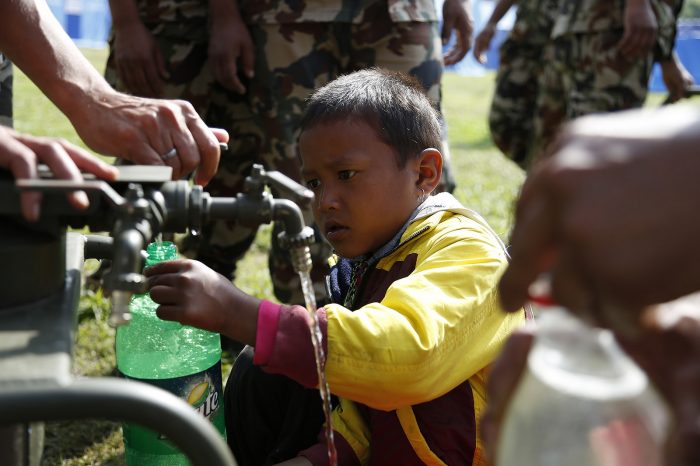
Domestication as journalistic practice refers to the framing of a foreign news event within the perceived national or local context of the audience, write Eline Huiberts and Stijn Joye, of Ghent University. The study investigates how an audience makes use of domestication strategies in viewing and reacting to mediated distant suffering.
The study draws on audience research in the context of mediated suffering. 10 focus groups with total of 51 people from Belgium were conducted. During the focus groups, people discussed their news consumption and routines and their experiences with news from distant places. They were also shown a news item about the earthquake in Nepal.
After viewing the news item, people discussed how they felt toward the suffering. The discussions show that the participants’ attempts to empathize with the victims often failed.
The study finds a two-flow model of domestication: first-level domestication on the production side of the news process and second-level domestication on the reception side. The practice of domestication is often praised for bringing distant events closer. However, the study shows that not all strategies of domestication are equally effective. Emotional domestication was more effective than strategies based on moral appeals or rational considerations of risk.
The article “Close, but not close enough? Audience’s reactions to domesticated distant suffering in international news coverage” was published by Media, Culture & Society. It can be found here.
Picture: Gurkha engineers construct a water purification system for people living in a camp in Kathmandu following earthquake by DFID – UK Department for International Development, licence: CC BY 2.0